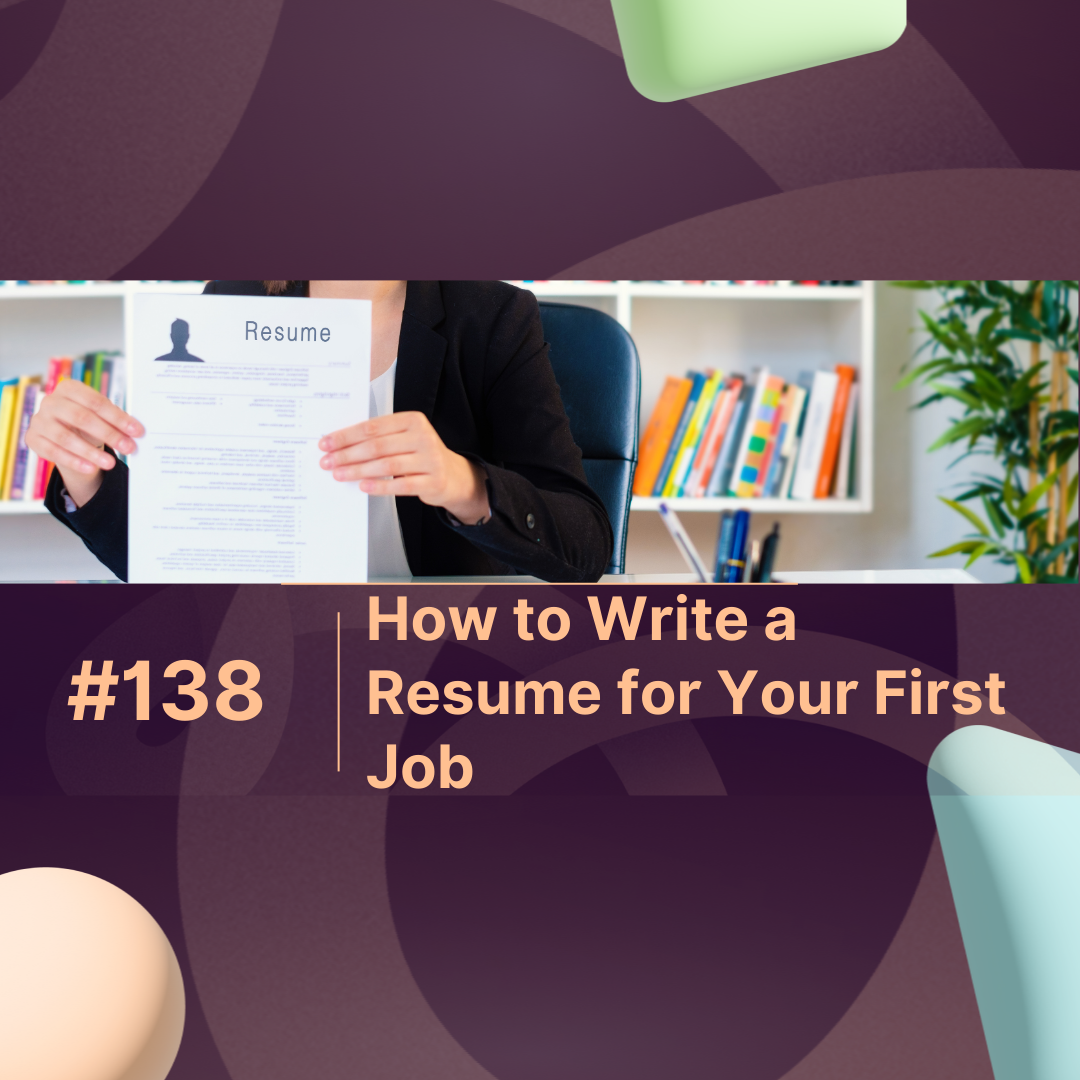Overview
In today’s competitive job market, your first best impression often happens before you even speak to a potential employer — and that impression starts with your resume. With recruiters scanning hundreds of resumes every day, your ability to stand out quickly is more important than ever. This article will guide you through why your resume is critical, how to make it shine, and what you can do to leave a professional mark from the very first glance.
Why Your Resume Is Your First Best Impression
In a digital-first hiring process, your resume is your introduction. Whether you’re aiming for your first job or seeking a leadership role, hiring managers form immediate opinions based on how your resume looks, reads, and aligns with the job.
Quick Resume Facts:
| Factor | Insight |
|---|---|
| Recruiters’ average scan time | 6–8 seconds |
| Resumes rejected for poor formatting or grammar | Over 50% |
| Companies using Applicant Tracking Systems (ATS) | 90%+ |
| Hiring managers who prioritize relevant experience | 91% |
Takeaway: Your resume isn’t just a document — it’s your personal brand statement. Make sure it speaks clearly, confidently, and professionally.
How to Make Your Resume Your First Best Impression
1. Start With a Clean, Professional Layout
A well-structured resume catches the eye. Use simple fonts (like Calibri or Arial), keep your sections aligned, and avoid clutter. White space helps with readability, especially for busy recruiters.
2. Ensure It’s ATS-Friendly
Many companies use software to scan resumes before a human ever reads them. To get past these systems:
-
Use common section titles like “Work Experience” or “Skills”
-
Save your resume as a
.docxor.pdffile -
Avoid text boxes, headers, and footers for key info
3. Customize It for Each Job
A generic resume won’t cut it. Tailor your content by:
-
Using keywords from the job posting
-
Highlighting your most relevant experience
-
Adjusting your professional summary to match the role
Tip: Use action verbs like “led,” “improved,” “achieved,” and “developed” to showcase your impact.
4. Quantify Achievements
Don’t just list tasks — show results. Use numbers to prove value, such as:
-
“Improved customer retention by 25%”
-
“Managed a team of 10 across 3 departments”
5. Proofread Thoroughly
Even one typo can ruin a great first impression. Always review your resume for spelling, grammar, and formatting consistency. Ask a friend or mentor to give it a second look, or use a grammar tool for extra polish.
Common Resume Mistakes to Avoid
Avoid these resume pitfalls to stay ahead of the competition:
-
Sending the same resume for every job
-
Using vague, generic language
-
Including long paragraphs without bullet points
-
Overusing graphics or creative designs (which confuse ATS)
-
Forgetting to update outdated job titles or contact details
Final Thoughts: Your First Best Impression Matters
Your first best professional impression starts with your resume. It’s more than a formality — it’s your personal introduction, your handshake on paper, and your elevator pitch in writing. When done right, it opens doors to interviews, conversations, and career opportunities.
Take the time to craft a resume that not only reflects your skills but also your professionalism. Remember, you’re not just listing your experience — you’re telling your story in a way that leaves a powerful and lasting impression.
FAQs
Q1: Why is a resume considered your first best impression?
A: Because it’s often the first thing hiring managers see. A strong resume reflects professionalism and readiness before you ever speak a word.
Q2: How can I make my resume stand out from the crowd?
A: Use a clean format, tailor each resume to the job, highlight measurable results, and keep your writing clear and concise.
Q3: What are some keywords I should include?
A: Look at the job description and use related terms like “team leadership,” “data analysis,” “customer service,” or “project management.”
Q4: What format works best for job applications?
A: Use .docx or .pdf, and avoid formats with excessive design elements that might get blocked by ATS software.
Q5: How often should I update my resume?
A: Ideally, every 3–6 months or after a new achievement, project, or job role.



